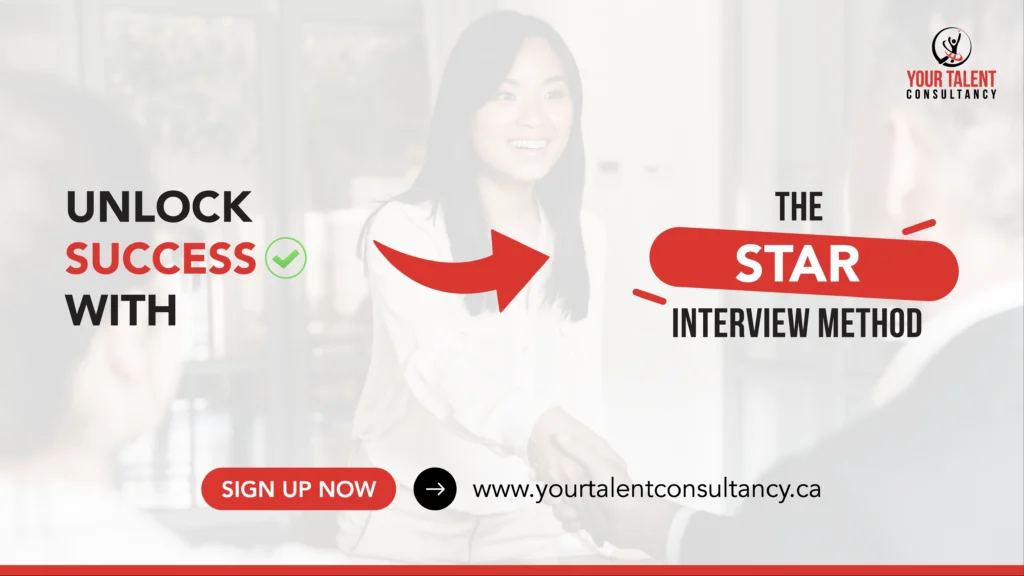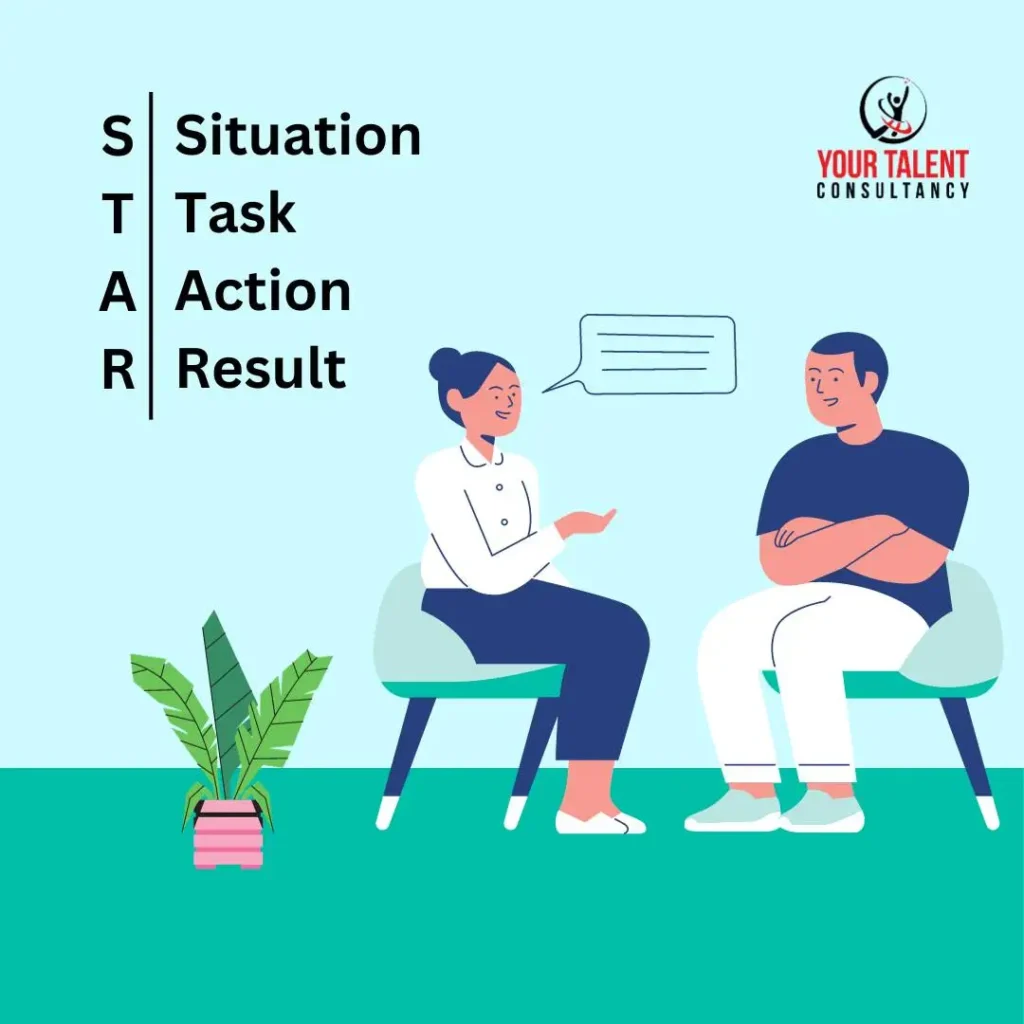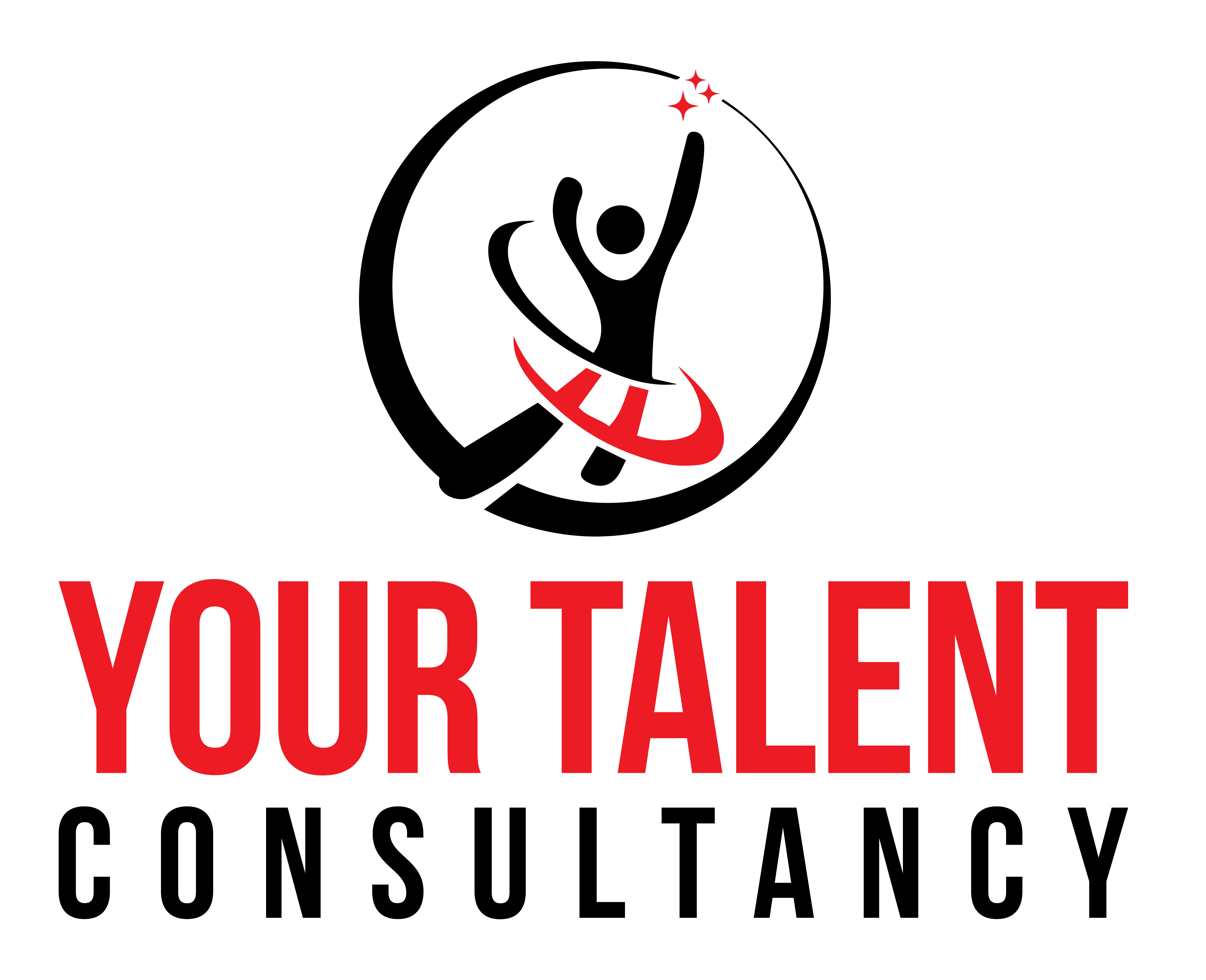
Unlock Success with the STAR Interview Method
Are you preparing for an extensive job interview but unsure how to showcase your qualifications best?
The STAR interview method can help you craft compelling responses that impress hiring managers. The STAR technique provides a straightforward structure to answer common behavioural interview questions with vivid, real-life examples.
Read on to understand this popular method and how to put it to work to land your next job.
What is the STAR Interview Method?
STAR stands for Situation, Task, Action, and Result – the critical components of a well-formed response using this approach. The STAR interview method allows you to create engaging stories showcasing how you overcame professional challenges.

By walking through a Situation, the Task at hand, the Action you took, and the Result achieved, you provide interviewers with specific evidence of your skills and experience. Rather than vague claims about strengths, STAR responses bring your capabilities to life.
How to Craft Stories through the STAR Method?
To use the STAR technique
- First, think through your background and choose relevant work experiences or projects.
- Identify critical Situations like facing a complex problem, handling high pressure, resolving conflicts, or achieving goals.
- Clarify your specific Task or objective in that context and any obstacles.
- Then, outline the step-by-step Action you took to address the challenge and reach the desired Result.
- Quantify your accomplishments or impacts whenever possible.
- Select stories that allow you to demonstrate the essential abilities needed for the open position.
- Review the job description and target your examples accordingly.
How To Use the STAR Method To Respond to Common Questions
The STAR method shines when answering behavioral interview questions to gauge your qualifications. Here are a few examples.
Interview Question –“Tell me about a time you faced a difficult situation at work. How did you handle it?”
Response
- Situation: While working as a project manager at my last company, I was assigned a high-profile project that was significantly behind schedule and over budget. The client was upset about the delays and threatened to walk away.
- Task: I was responsible for keeping the project on track and retaining the client’s business. However, the team was demoralized and missed deadlines.
- Action: I immediately met with each team member one-on-one to understand their challenges. I worked with them to re-estimate the timeline and simplify the scope into must-haves. I also implemented weekly status meetings to improve communication.
- Result: The team regained motivation and productivity. We delivered the simplified project just one week past the revised timeline. More importantly, the client was delighted with the outcome and awarded us future business.
Interview Question –“Has there been a time you disagreed with your manager? How was it resolved?”
Response
- Situation: My manager assigned me a new client account even though I was already at total capacity.
- Task: I had to respectfully push back against the assignment while making my manager feel heard.
- Action: I set up a meeting and explained why I could not take on another significant account then. I proposed covering some minor tasks for the new client as a compromise. I also asked what other solutions my manager might suggest.
- Result: My manager appreciated my voicing concerns constructively. He wound up re-assigning the new account to a colleague with more bandwidth. And I took on a few of the new client’s administrative tasks to help out.
Interview Question – “Share an example of when you set a goal and achieved it.”
Response
- Situation: When I started as an associate software developer, I set a goal to become a team lead within 18 months.
- Task: I needed to quickly accelerate my skills and knowledge to prepare for a leadership role.
- Action: I took on new challenges, like volunteering to pilot new tools. I also asked peers for feedback and coaching on projects. Outside work, I completed online courses to elevate my technical abilities.
- Result: I demonstrated team-leading capabilities in just a year through my proactive learning and seeking challenges. When a spot opened up, my manager selected me for promotion.
Getting Started with the STAR Method

Here are some tips for mastering the STAR interview method:
- Review the job description carefully and highlight critical skills to target.
- Identify at least three stories from your experience that reflect those abilities.
- Focus on recent and relevant examples. But don’t be afraid to use internships or class projects, too.
- Practice telling your stories concisely in under two minutes each.
Using the STAR technique takes practice. But perfecting this interview response method can help you craft compelling stories that impress hiring managers—master STAR responses to command the interview and stand out from the competition.
Recents Posts
- November 15, 2024
- July 16, 2024
